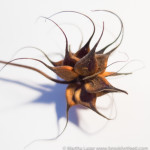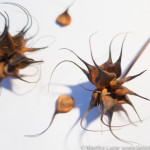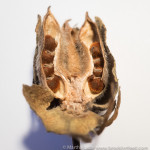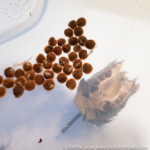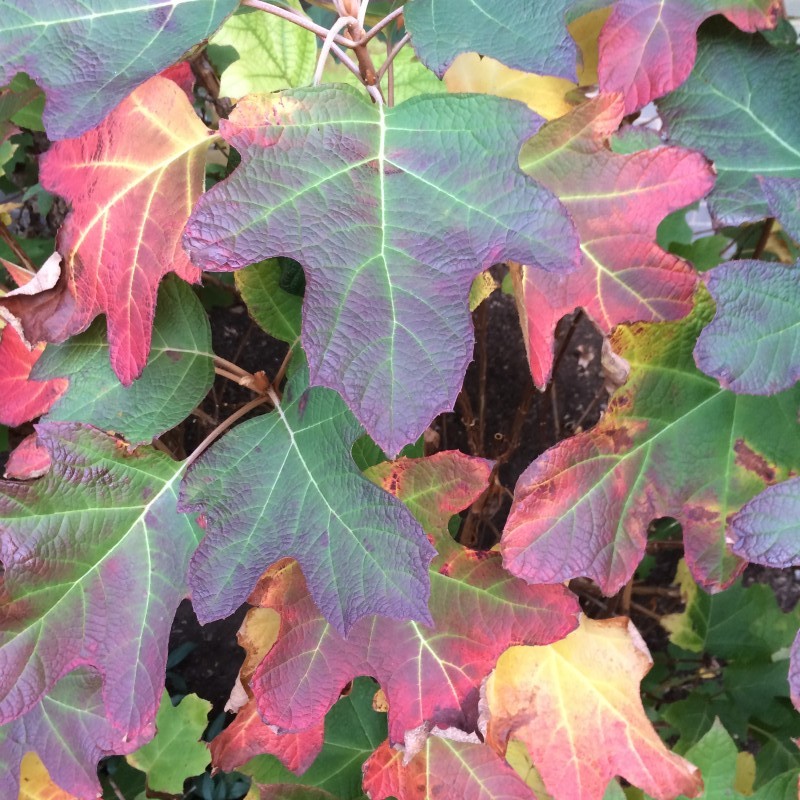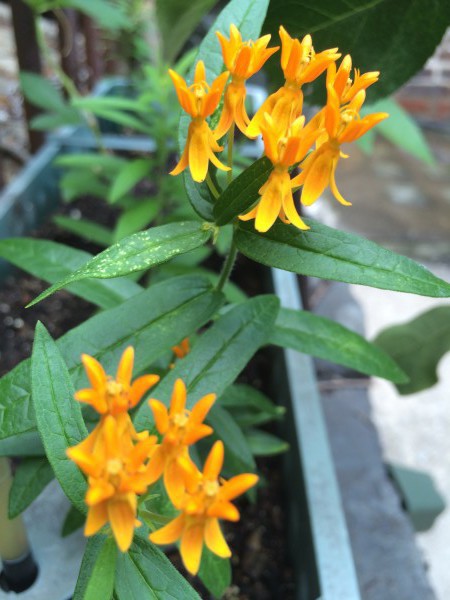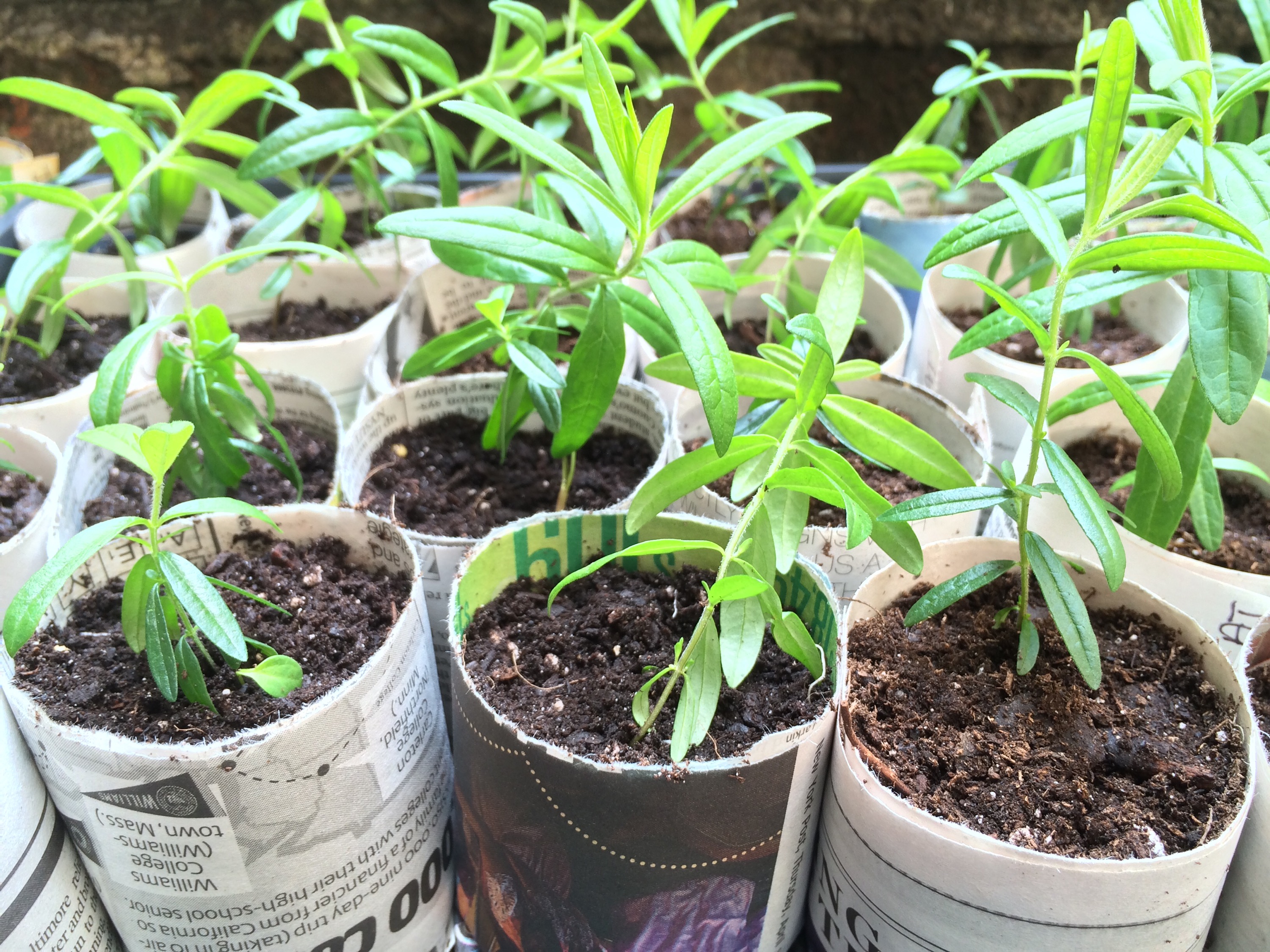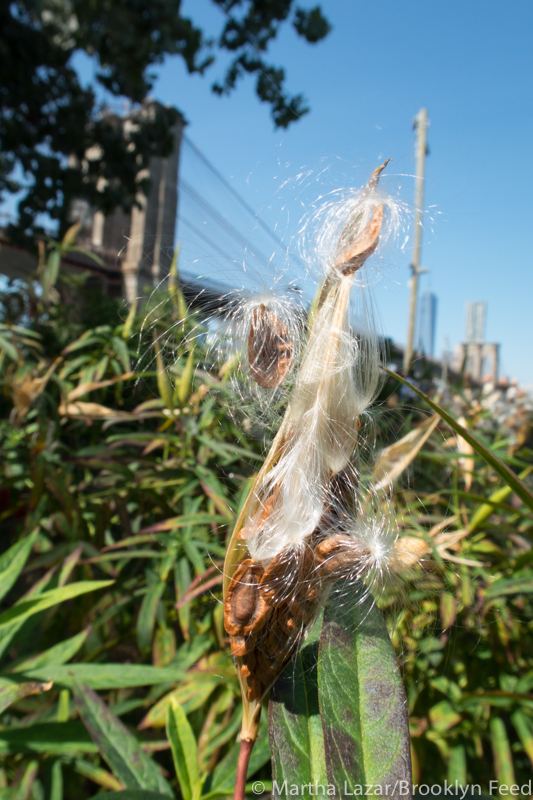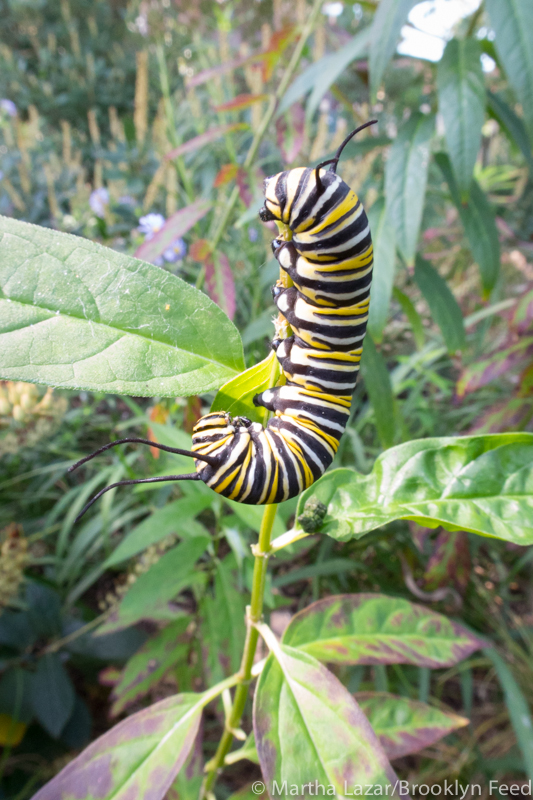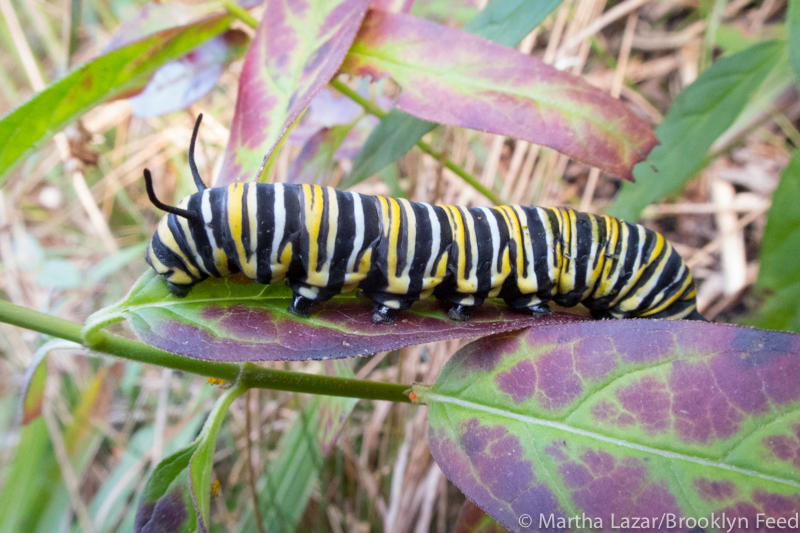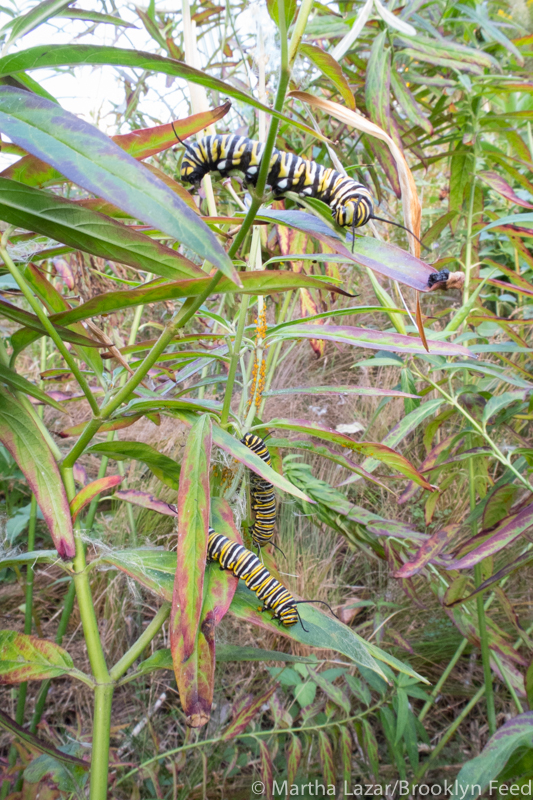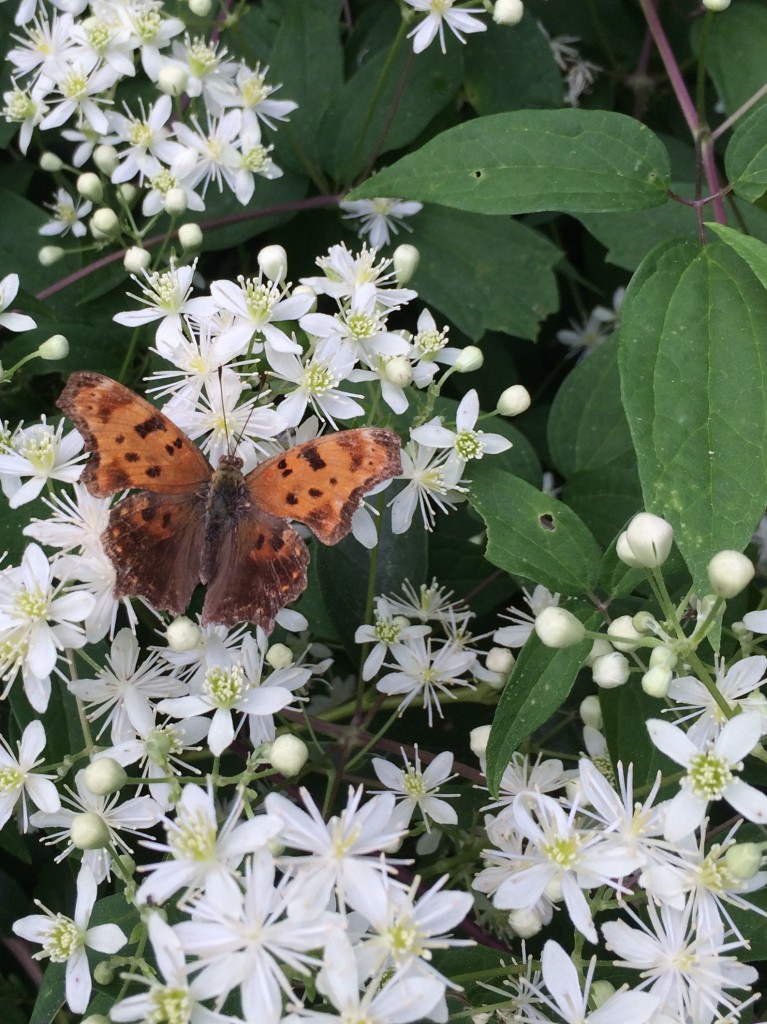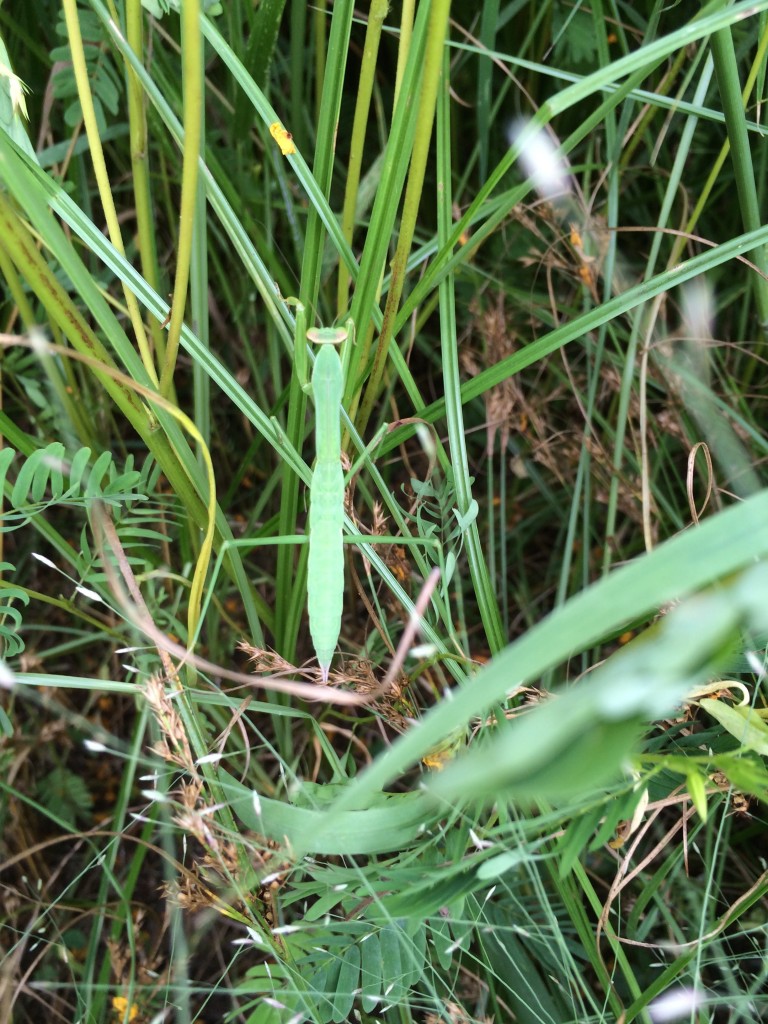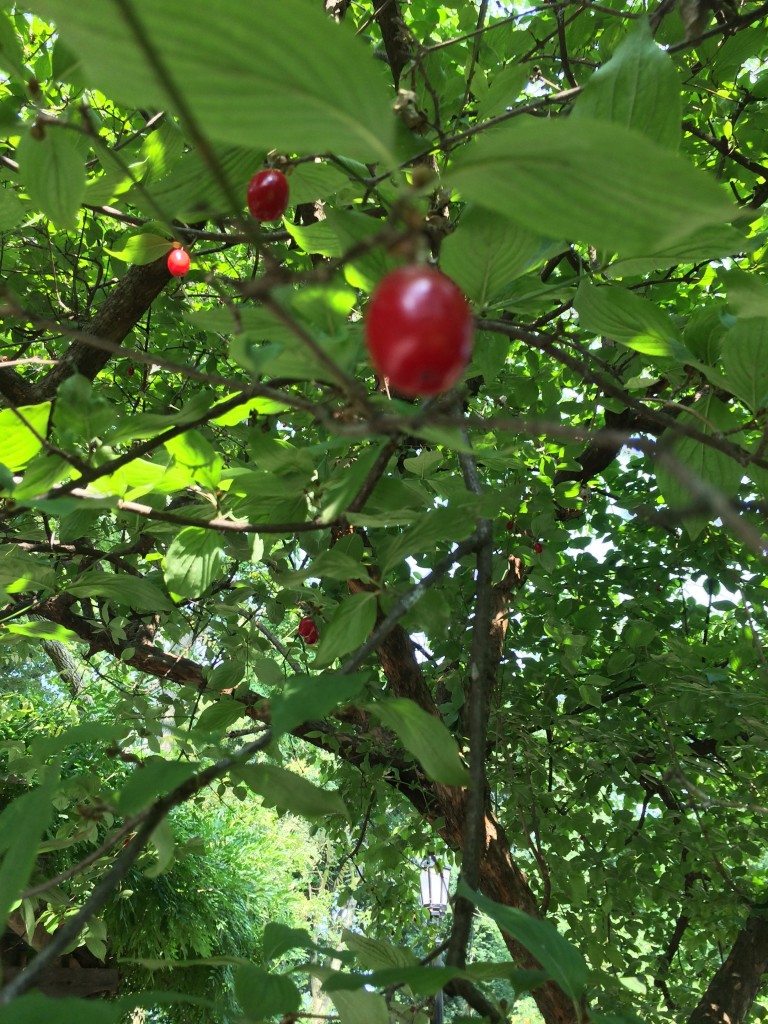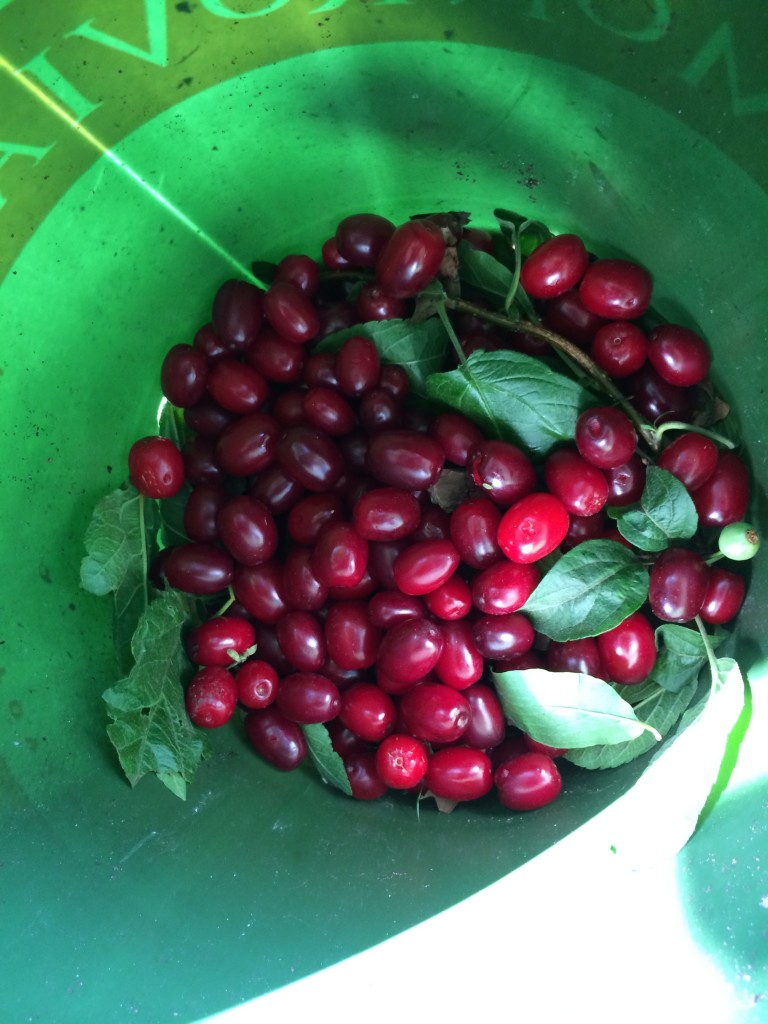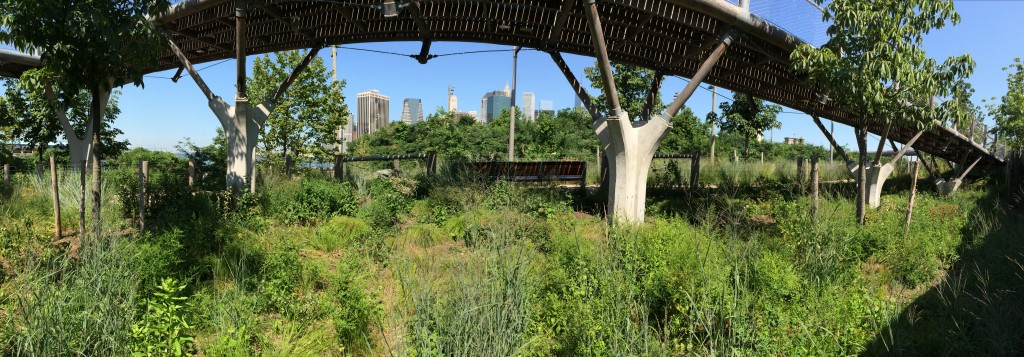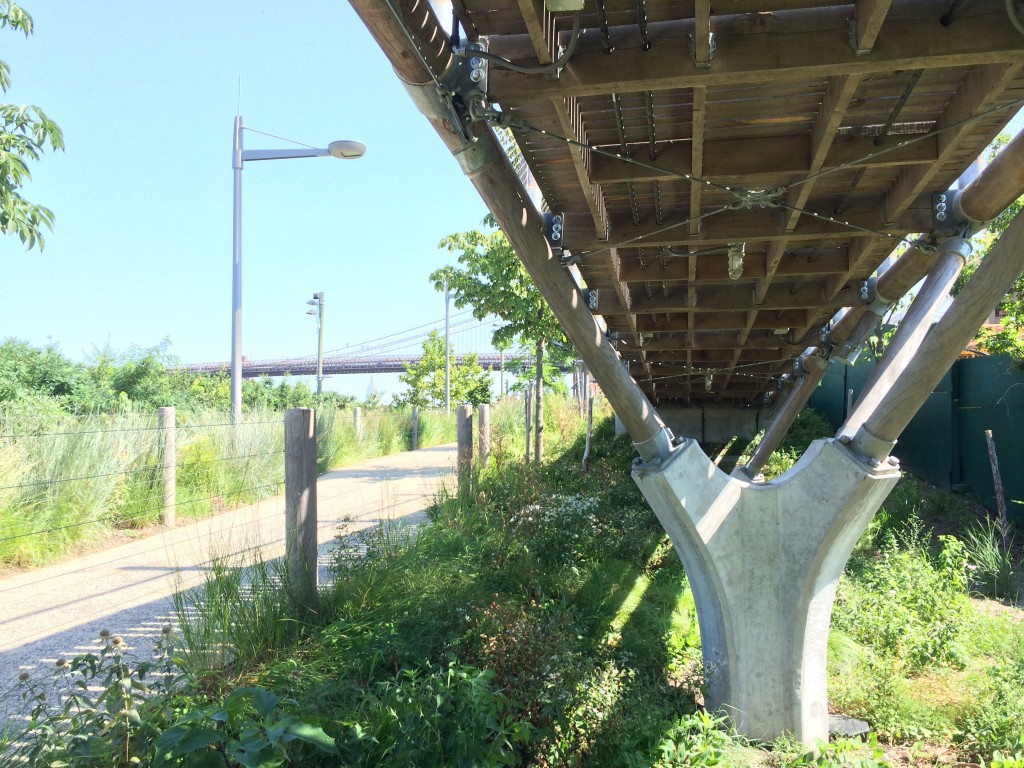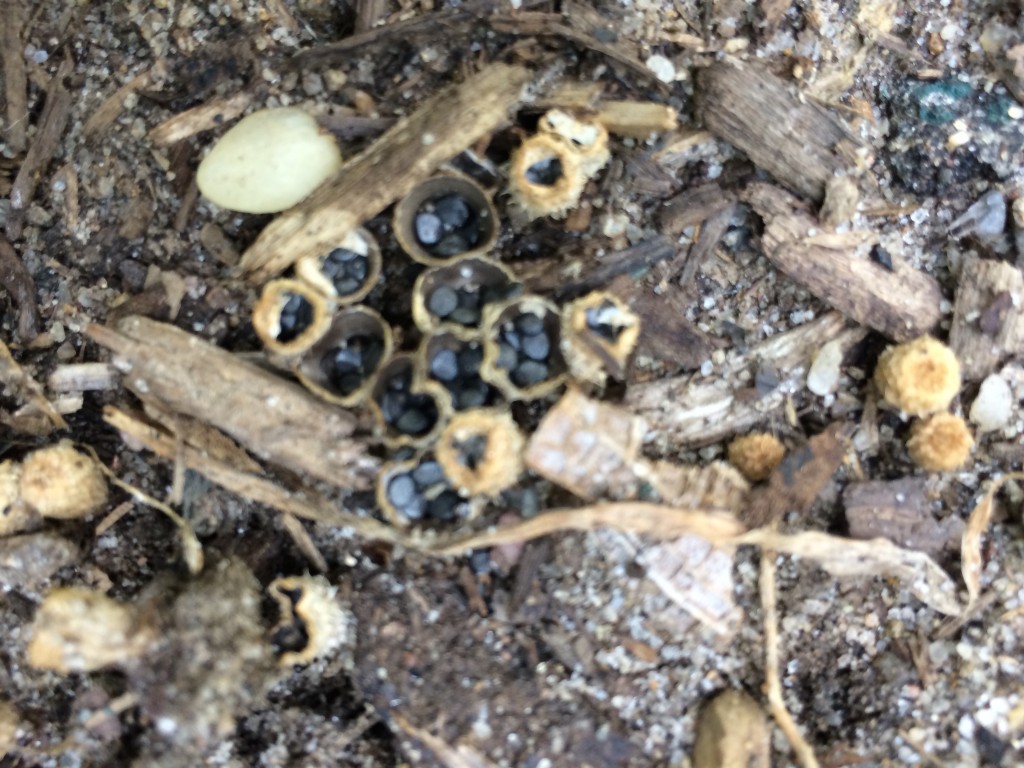- Clematis pitcheri
- Clematis pitcheri
- Hibiscus dasycalyx
- Hibiscus dasycalyx seeds
I’ve had these seed heads on my desk since the summer. I collected them while working in various gardens. The first seed is Clematis pitcheri, commonly called purple clematis, purple leatherflower, or bluebill. Here’s a link to photos of the lovely nodding purple flowers. This clematis is a climbing, twining vine that begins with purple flowers that turn into fluffy Dr. Seuss-looking puffs and then into these stunning seed heads. The star shaped head is fragile, with the individual paddle-shaped seeds breaking off the stem.
The second seed head is from the Hibiscus dasycalyx, or the Netches River Rosemallow. It is a hibiscus that is native to Texas, and is protected because it is only found wild in 3 places along the Netches River. It has beautiful white flowers with red centers. You can see photos here. It grows in wet conditions. The seeds are sweet fuzzy teddy bears and I’m officially scared of screwing up their propagation.
I also saved some Asclepias purpurascens that I’ve put in the fridge to stratify. They are over year old, so I’m not too hopeful. Reference pictures here. I love milkweeds and always try to propagate and distribute them to fellow gardeners.
Is it obvious that I’m dreaming of Spring?

